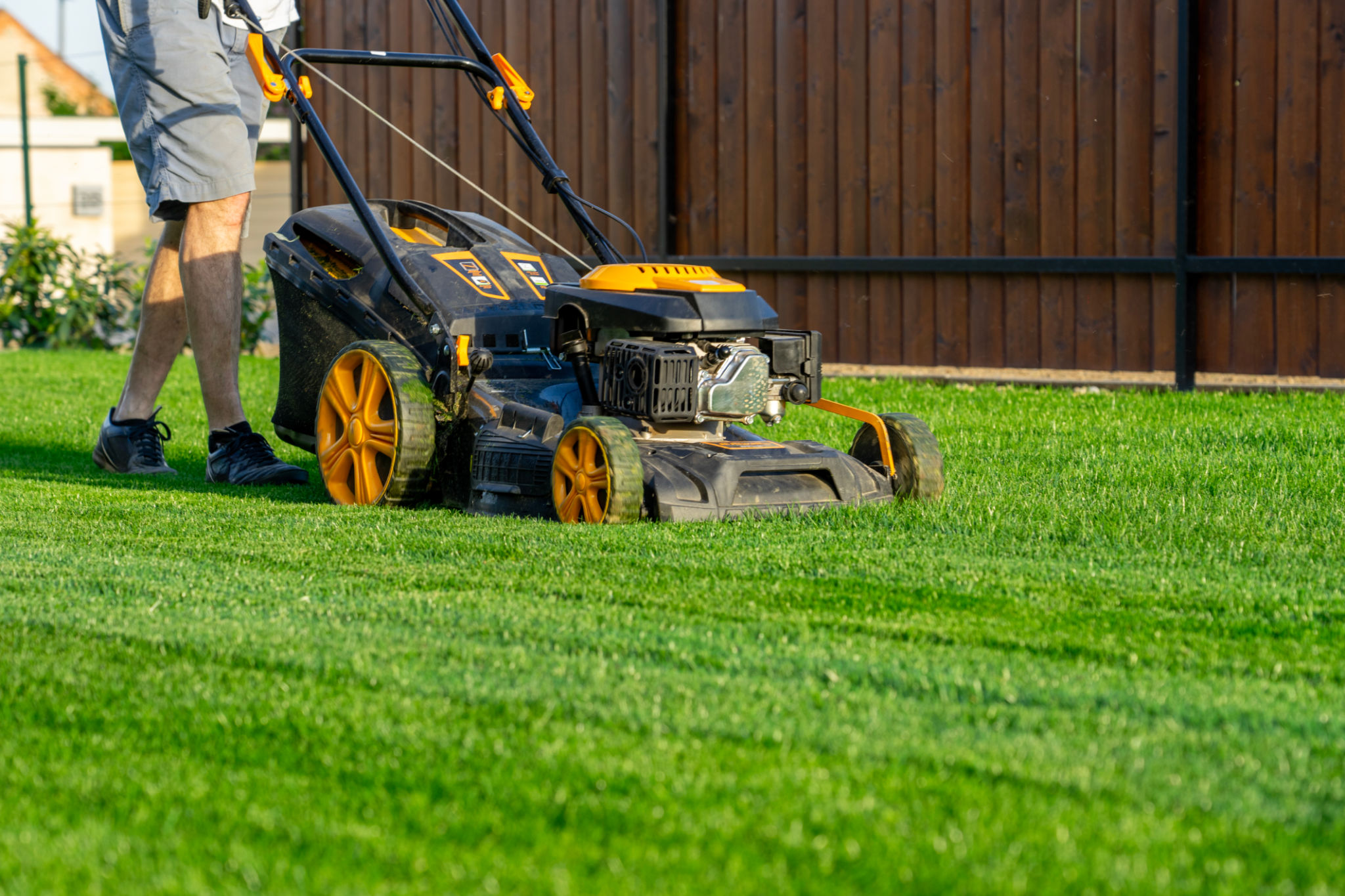Maximizing Your Bio-Swale's Environmental Benefits: A Homeowner's Guide
Understanding Bio-Swales
Bio-swales are a sustainable landscape feature that manage stormwater runoff. They are designed to remove debris and pollution from surface water flow. These shallow, vegetated channels are not only functional but also enhance the aesthetic appeal of your landscape. As a homeowner, maximizing the environmental benefits of your bio-swale is crucial for contributing to a healthier ecosystem.

Choosing the Right Plants
The selection of vegetation is critical for the efficiency of your bio-swale. Native plants are highly recommended as they are well-adapted to local climate and soil conditions, requiring less maintenance and water. Additionally, their deep root systems help in absorbing more water and trapping sediments effectively. Consider planting a variety of grasses, shrubs, and flowering plants to create a diverse ecosystem.
Some excellent plant choices include:
- Switchgrass
- Blue Flag Iris
- Red Osier Dogwood
Regular Maintenance
Like any part of your landscape, bio-swales require regular maintenance to function optimally. Routine care includes removing debris, ensuring proper water flow, and checking for signs of erosion. Mulching can help control weeds and maintain soil moisture, while periodic pruning will keep plants healthy and encourage growth.

Enhancing Water Quality
A well-maintained bio-swale significantly enhances water quality by filtering pollutants such as oil, heavy metals, and nutrients before they reach local water bodies. Incorporating layers of gravel and sand in the design can improve filtration. Additionally, ensuring that the bio-swale is properly sized for your property’s runoff ensures maximum efficiency.
To optimize water quality:
- Regularly inspect for blockages.
- Add compost or organic material to improve soil health.
- Monitor the vegetation health regularly.

Community and Wildlife Benefits
Beyond individual benefits, bio-swales contribute to community-wide improvements in water management. They reduce the risk of flooding by slowing down runoff and increase groundwater recharge. Furthermore, these green spaces provide habitat for local wildlife, supporting biodiversity. By fostering a thriving micro-ecosystem, bio-swales become a sanctuary for birds, insects, and other small animals.
For maximum impact, consider collaborating with neighbors or local environmental groups to create a network of bio-swales in your community.
Conclusion: A Sustainable Future
Maximizing the environmental benefits of your bio-swale requires thoughtful planning and regular upkeep. By choosing suitable plants, maintaining the structure, and enhancing water quality, homeowners can transform their properties into eco-friendly landscapes. These efforts not only protect natural resources but also enhance property values and community wellbeing.
